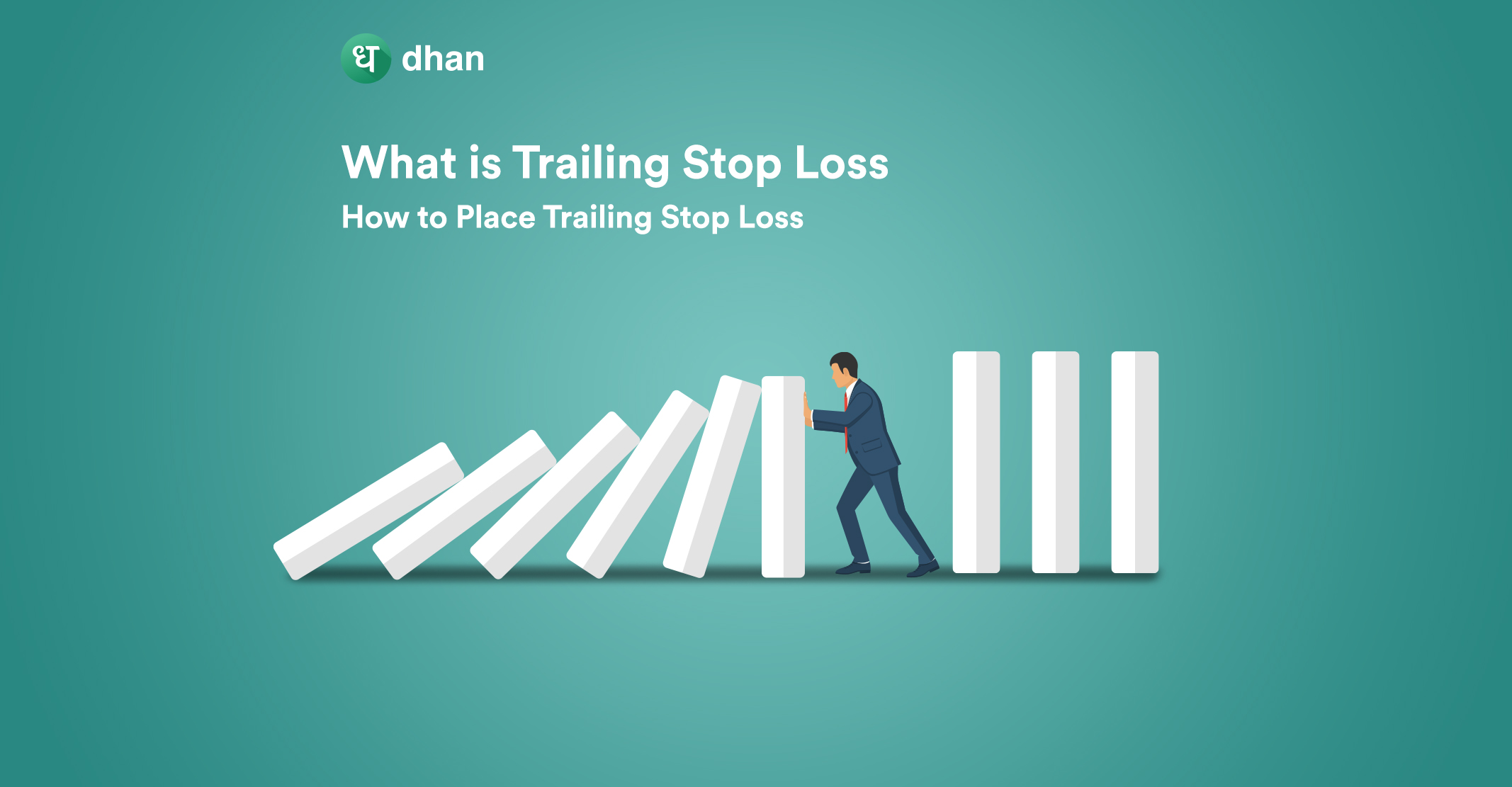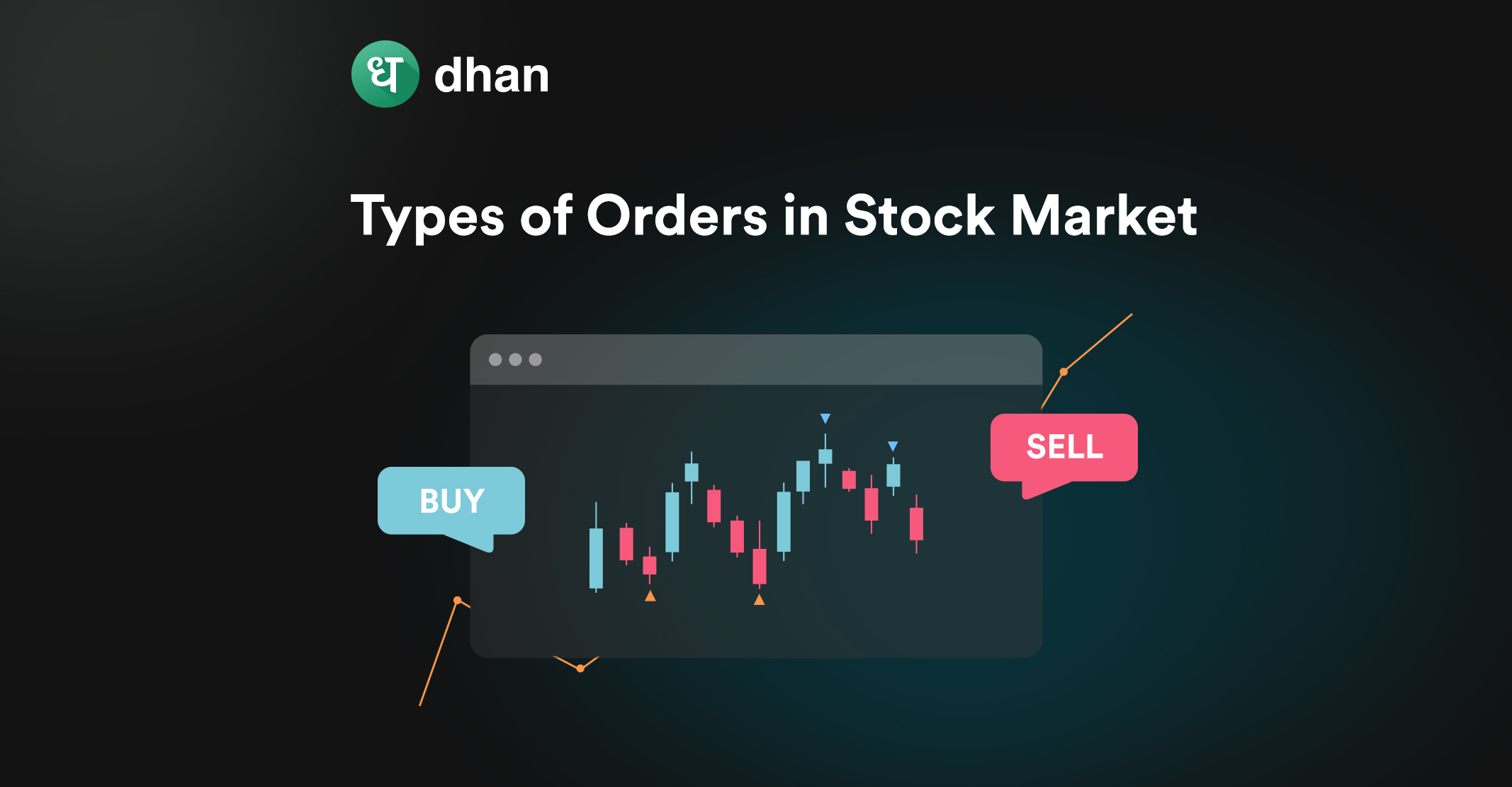Minimizing losses is as important as maximizing gains, wouldn’t you agree? That’s why there are many risk management mechanisms in online share trading, where risk is defined based on varying perspectives.
The key to managing risk is to define how much you’re willing to lose even before entering a trade, regardless of your strategy. This is possible with a tool like Trailing Stop Loss. Let’s discuss what is trailing stop loss and how to use it.
What is Trailing Stop Loss?
A trailing stop loss is a risk management tool that will help you limit losses and protect your principal or gains. Unlike a regular stop loss, a trailing stop loss can move with gains, known as jumps.
Your trailing stop loss moving according to the market swings can give your position the opportunity to stay dynamic with the markets.
The trailing stop loss can be set at a particular amount or percentage (usually 5%, 10%, etc.) in relation to the type of order you’ve placed.
If the price increases, the trailing stop loss will continue to move above, so the revised stop loss reflects the market accurately.
This mechanism ensures that the trade has lucrative profit potential as long as the market price moves in your favor.
Example of Using Trailing Stop Loss
Here’s a simple illustration of how to use trailing stop loss. Let’s say you have purchased a share worth ₹100 and set the trailing stop loss at 5%. The maximum amount you’ll lose is restricted to ₹95, which is 5% of ₹100.
When the share price rises to ₹120, the trailing stop loss will adjust to ₹114, 5%, or ₹6 below the new share price.
If the price then drops to ₹114, your order will be executed because the stop loss order remains the same in case your position becomes unfavorable. Though the order was set initially to limit losses, it turned into a lucrative opportunity.

Benefits of Trailing Your Stop loss
With the trailing stop loss meaning now clear, we will look at the potential advantages this risk management tool offers which you can use to maximize your reward-to-risk ratio.
- Adding a trailing stop loss to your orders helps you minimize losses and move with profits
- The order is automated, once set it adjusts itself according to the market price and does not need constant monitoring
- Trailing your stop loss allows you to stay put on your trading objectives and not act impulsively based on emotions
- Brokers like Dhan do not charge extra for placing a trailing stop loss order
- You can alter your risk management system by setting any percentage as the stop loss based on the markets and the security you are trading in
How to Place Trailing Stop Loss on Dhan?
If you are trading on the Dhan platform, it’s easy to place a trailing stop loss order. Below are the steps you can follow to place a trailing stop loss order with us:
- Click on your current position and navigate to the manage positions tab
- In case of a single/naked position, you will see an option of ‘Cover your risk’
- Click on the cover your risk option will give you three options: a) Stop loss b) Trailing stop loss c) A simple limit order
- Simply click on the Trailing stop loss option and enter the quantity and place your order
That is it, a trailing stop loss order is placed. Watch the following video to see how to use a trailing stop loss in depth.
Mistakes to Avoid When Placing a Trailing Stop
While the concept might seem easy, you can fall prey to various mistakes when implementing a trailing stop loss. Such mistakes could prove costly if not undone at the right time.
Here are some of the potential mistakes you can avoid while trading with a trailing stop loss.
1. Placing a Narrow Stop Loss
If you place a very tight stop loss, you may not be able to get the best out of the trade. That’s not all. You are exposing your position to market volatility, and this volatility has the potential to your profit.
2. Placing a Wide Stop Loss
If you’re trailing stop is wide, then you’ll run the risk of facing a substantial loss on trades if the price moves against you. While the flip side means greater profits, it’s best to define your trailing stop loss well.
3. Not Pre-Defined
This can happen in the absence of a trading plan and can put your trading capital at risk. The best traders plan and test their strategies right down to the most minute details before going on a live interface.
Conclusion
Risk management holds the most importance when it comes to trading in the stock market. The market is volatile and if you fail to manage risk, a small error can turn out to be expensive.
That is why you need to have sufficient measures in place such as placing a trailing stop loss order. It is one of the most popular tools in the trading community and has worked wonders for traders.
The key lies in leveraging trailing stop loss in order to maximize your gains and minimize your losses. Like this blog? Then you’ll love these:
- What is Bracket Order: How to Place Bracket Orders
- What is Swing Trading?
- Day Trading Futures: Yes or No?
Watch the following video on, “No Stop Loss? Sorry for Your Loss!”



